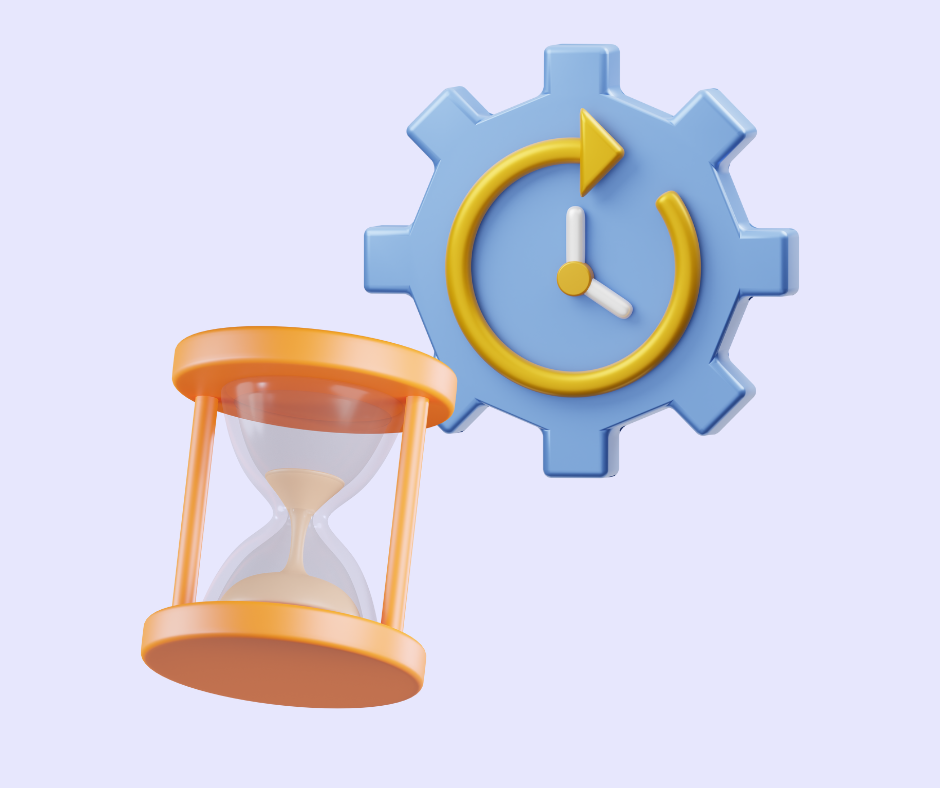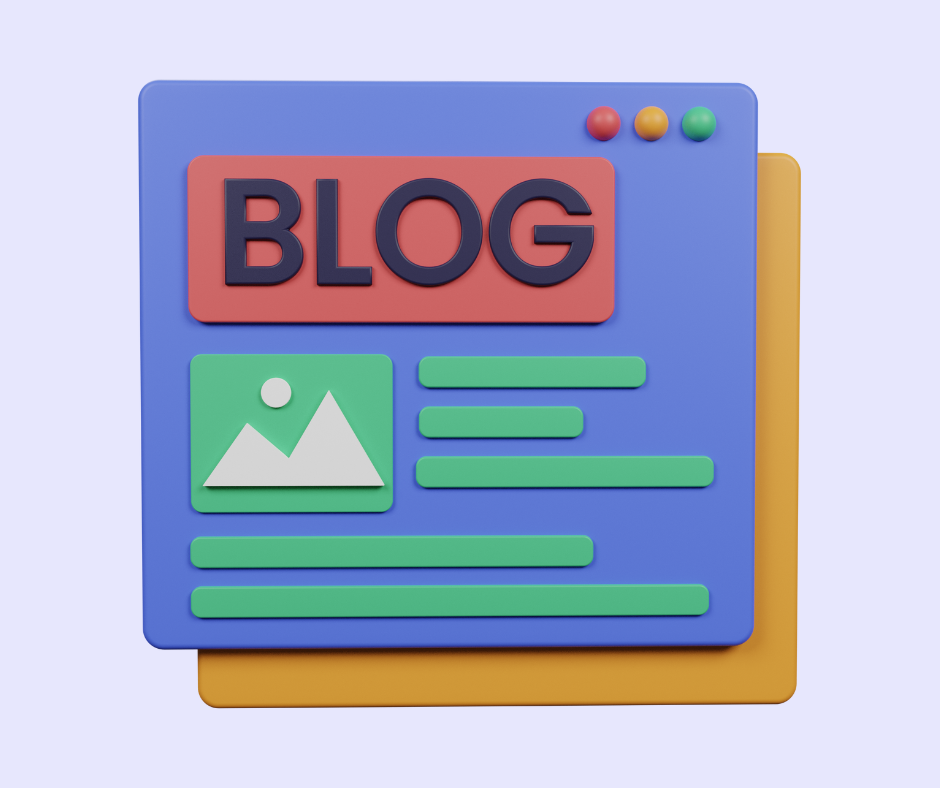Step-by-step guide: creating an email marketing strategy for your small business
Email marketing can be a powerful way for small business owners to connect with their customers, build stronger relationships, and drive business growth. But with so many different tactics and strategies available, it can be overwhelming for small business owners to know where to start.
In this blog post, we'll provide a step-by-step guide on how to create an effective email marketing strategy for your small business. We'll cover key topics such as identifying your target audience, setting clear goals, building an email list, determining the frequency of your emails, and creating engaging content. We'll also discuss the importance of analyzing and optimizing your email marketing campaigns to ensure the effectiveness of your strategy.
Create your small businesses email marketing strategy
Identifying your target audience for email marketing
Setting your email marketing goals
Building your email list
Determining email frequency
Creating engaging email marketing content
Crafting effective subject lines
Personalizing your emails
Analyzing and optimizing
Identifying your target audience for email marketing
Identifying your target audience is the foundation of any successful email marketing strategy. Without knowing who your audience is, you won't be able to create content that resonates with them and encourages them to take action.
To identify your target audience, start by researching your ideal customer. Consider their demographics, such as age, gender, location, and income. Also, think about their interests, hobbies, and lifestyle. What motivates them? What problems do they face that your business can solve?
You can also use data from your website and social media to gain insights into your audience. Look at your website analytics to see which pages are most popular, where visitors are coming from, and what search terms they're using. On social media, monitor engagement and interactions to see which posts are getting the most likes, shares, and comments.
Once you have a clear understanding of your target audience, you can create content that speaks directly to them and addresses their specific needs and interests. This will increase the likelihood that they will engage with your emails and take action, such as making a purchase or signing up for a service.
Setting your email marketing goals
Before you start your email marketing campaigns, it's important to set clear and specific goals. These goals will guide your efforts and help you measure the success of your campaigns.
Some common email marketing goals include increasing sales, generating leads, building brand awareness, driving traffic to your website, and promoting a new product or service.
When setting your email marketing goals, make sure they are SMART: specific, measurable, achievable, relevant, and time-bound. For example, instead of setting a vague goal like "increase sales", set a specific goal like "increase sales by 20% in the next quarter by promoting our new product to our email list".
Make sure your goals align with your overall business objectives and consider your resources and budget when setting your goals.
Once you have your goals in place, you can create email content and campaigns that are tailored to achieving those specific objectives. And by regularly tracking and analyzing your email metrics, you can determine whether your campaigns are meeting your goals and make adjustments as needed.
Building your email list
Building a quality email list is essential for the success of your email marketing campaigns. There are several ways to grow your email list, including:
Adding sign-up forms to your website: Add a sign-up form to your website homepage, blog, and other pages to encourage visitors to subscribe to your email list.
Offering lead magnets: Provide an incentive for visitors to sign up, such as a free e-book, discount, or exclusive content.
Collecting email addresses at events: Gather email addresses at events, trade shows, and conferences by asking attendees to sign up for your email list.
Promoting your email list on social media: Share your sign-up form on social media platforms like Facebook, Twitter, and LinkedIn to reach a wider audience.
Running paid ads: Use paid advertising to target specific audiences and encourage them to sign up for your email list.
It's important to obtain permission from your subscribers before adding them to your email list. Also, make sure to keep your list up-to-date by regularly removing inactive or invalid email addresses.
By building a quality email list and regularly engaging with your subscribers, you can increase brand loyalty, drive traffic to your website, and ultimately grow your business.
Determining email frequency
Determining the frequency of your email marketing campaigns is a crucial part of developing your email marketing strategy. The ideal frequency will depend on several factors, including your industry, audience, and the type of content you're sending.
Sending too many emails can result in subscribers feeling overwhelmed and unsubscribing from your list, while sending too few emails can result in subscribers forgetting about your brand or losing interest.
A good starting point is to send one or two emails per week, and adjust based on your audience's engagement and feedback. Monitor your email metrics, such as open rates and click-through rates, to determine what frequency is most effective for your business.
It's also important to consider the timing of your emails. Avoid sending emails during weekends and holidays when people may be less likely to check their inbox. Instead, schedule your emails during the work week and during times when your audience is most likely to engage with your content.
Ultimately, finding the right email marketing frequency is about striking a balance between providing valuable content to your subscribers without overwhelming them with too many emails.
Creating engaging email marketing content
Creating engaging email marketing content is essential to keeping your subscribers interested and increasing the chances that they will take action, such as making a purchase or signing up for a service. Here are some tips for creating effective email marketing content:
Write compelling subject lines: Your subject line is the first thing your subscribers will see, so make it attention-grabbing and relevant to the content inside the email.
Personalize your content: Use your subscribers' names and other personalized data to create a more personalized experience that resonates with your audience.
Keep it short and scannable: Use short paragraphs, bullet points, and images to make your content easy to read and digest.
Provide value: Offer exclusive content, promotions, or discounts that provide value to your subscribers and keep them engaged.
Use a clear call-to-action: Include a clear call-to-action that tells your subscribers what you want them to do, whether it's making a purchase, signing up for a service, or visiting your website.
Segment your list: Segment your email list based on subscriber data such as location, behaviour, and interests to send more targeted and relevant content.
By creating engaging email marketing content that provides value to your subscribers and encourages them to take action, you can build stronger relationships with your audience and ultimately drive more business.
Analyzing and optimizing
Analyzing and optimizing your email marketing campaigns is an essential part of improving the effectiveness of your email marketing strategy. Here are some steps you can take to analyze and optimize your campaigns:
Monitor your email metrics: Track metrics such as open rates, click-through rates, and conversion rates to understand how your subscribers are engaging with your content.
Identify areas for improvement: Use your email metrics to identify areas where your campaigns could be improved, such as low open rates or high unsubscribe rates.
Test different elements: Test different elements of your email campaigns, such as subject lines, call-to-actions, and content, to see what resonates best with your audience.
Segment your list: Segment your email list based on subscriber data to send more targeted and relevant content, which can improve engagement and conversion rates.
Continuously improve: Continuously analyze and optimize your email marketing campaigns based on your results to improve the effectiveness of your strategy over time.
By analyzing and optimizing your email marketing campaigns, you can gain insights into what's working and what's not, and make data-driven decisions to improve the effectiveness of your strategy.
Email marketing can be a powerful tool for small business owners looking to connect with their customers and drive business growth. To create a successful email marketing strategy, small business owners should identify their target audience, set clear goals, build an email list, determine the frequency of their emails, and create engaging content.
To ensure the effectiveness of their email marketing campaigns, small business owners should also analyze and optimize their campaigns by monitoring email metrics, testing different elements, segmenting their list, and continuously improving their strategy.
By following these key steps, small business owners can create an effective email marketing strategy that engages their audience, builds stronger relationships with their customers, and drives business growth.
Related Articles
Ready to manage your email marketing? Get Started With Fickl Today.




